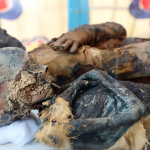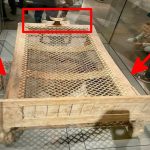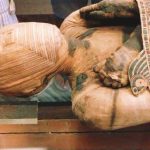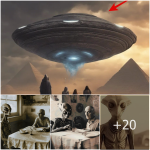Discover the treasures of Psusennes, the Silver Pharaoh, who rivals Tutankhamun in wealth.
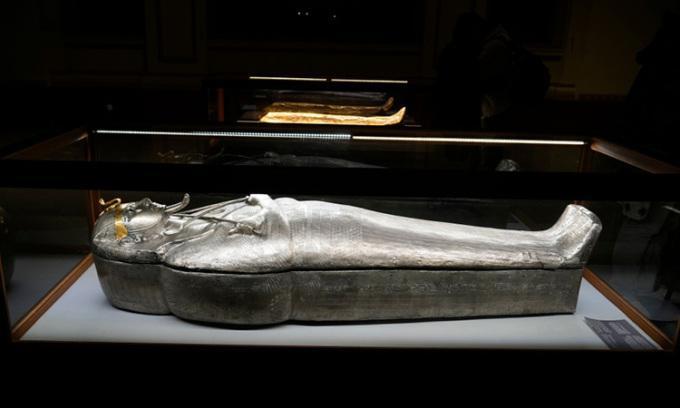
, amid the chaos of World War II in Western Europe, French archaeologist Pierre Montet unearthed an impressive treasure at Tanis, Egypt. The discovery is as important as that of archaeologist Howard Carter finding the intact tomb of the famous pharaoh Tutankhamun about two decades earlier. However, despite such great importance, the news of the new discovery could not cause a stir in European society because people were concerned about World War II.

The silver coffin of pharaoh Psusennes I is displayed at the Egyptian museum in Cairo on February 20, 2023. Photo: AP/Amr Nabil
The tomb that Montet discovered belonged to Psusennes I, an unknown pharaoh of the 21st Dynasty of ancient Egypt. Psusennes I was the 3rd king of the 21st Dynasty, coming to power at the beginning of Egypt’s 3rd Intermediate Period, a period of political turmoil.
During this period, the kingship was divided, the country divided into Upper and Lower Egypt. The pharaohs of the 21st Dynasty ruled from the city of Tanis and their influence was mainly limited to the plains of Lower Egypt. Meanwhile, the city of Thebes was the stronghold of the High Priest Amun, ruler of Upper Egypt.

Experts used to think that the pharaohs of the 21st Dynasty did not hold much power. However, the discovery of the tomb of Psusennes I changed this notion. The most notable find in the tomb is the solid silver sarcophagus, which gives Psusennes I the title of Silver Pharaoh.
In ancient Egyptian culture, gold was considered the flesh of the gods, while silver was the bone. Gold was more abundant in ancient Egypt, but silver was even more valuable because it had to be imported from Western Asia and the Mediterranean.
Therefore, the monolithic silver coffin in the tomb of Psusennes I is proof of his great wealth and power. In addition, the sophistication of the metal objects in the tomb, including the silver coffin, shows that Psusennes I also controlled the human resources needed to make such luxury items.
The silver coffin is shaped like a human, placed in a pink marble coffin, then placed in a marble sarcophagus (a sarcophagus is a type of coffin). Interestingly, the marble sarcophagus once belonged to the 19th Dynasty pharaoh Merenptah, the successor of Ramesses II.
Golden mask of pharaoh Psusennes I. Photo: Dave Nakayama
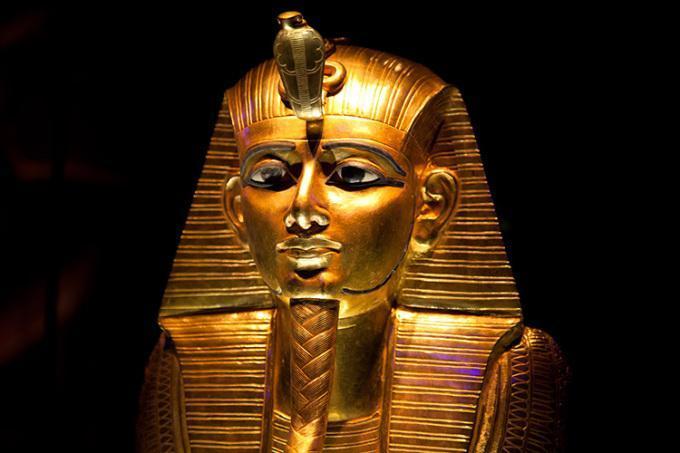
The mummy of Psusennes I could not have survived the passage of time. Instead of an intact body, Montet found only bones, black dust and various funeral paraphernalia, such as a gold mummy board and a solid gold mask that may have once covered the pharaoh’s face. .
It is not unusual for the mummy of Psusennes I to be damaged due to the pharaoh’s burial environment. Unlike the desert-like arid environment of the “Valley of the Kings” at Luxor, much of Lower Egypt is wet and swampy. The city of Tanis is no exception.
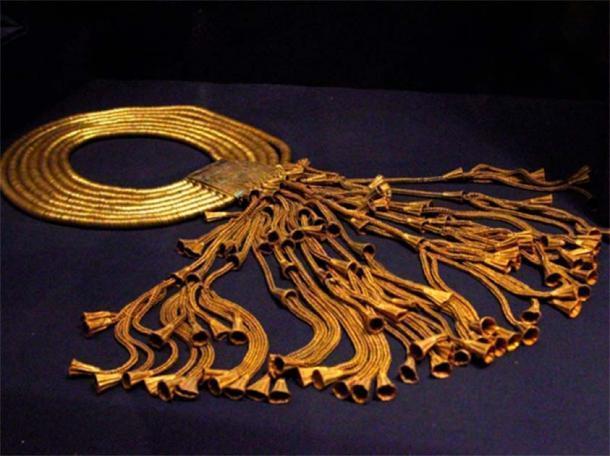
Water seeping through the ground damaged the mummy of Psusennes I, most of the wooden furniture also degraded over time. However, Montet also obtained some non-perishable items such as canopic vases, figurines of shabtis and precious objects in the coffin. These treasures are even said to be comparable to those of Tuthankhamun.
Psusennes I was rich and wielded great power due to his long reign, 41 or 46 years (circa 1047 – 1001 BC). Some Egyptologists even claim that Psusennes I reigned for 51 years. Taking power in such a time of political turmoil, his reign is truly impressive.

